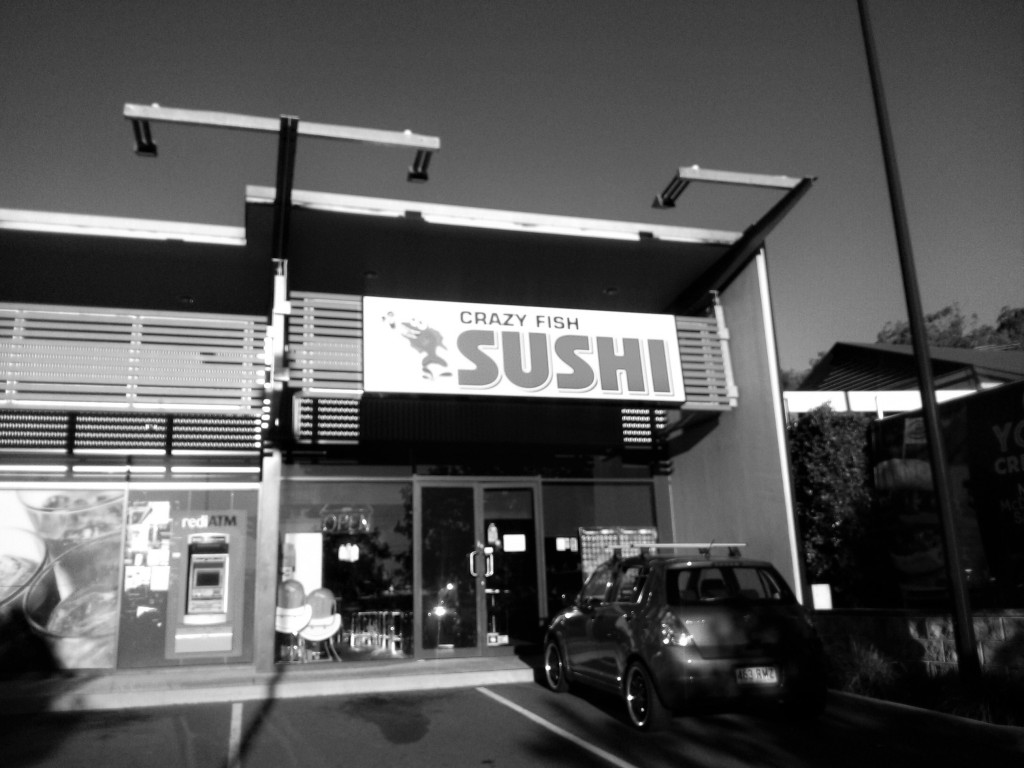Week 8, Activity 1
Oral presentation
Part 1. Develop a presentation and associated script for your speech / release story
Part 2. Create slides in power point with description
Part 3. Load onto blog (can use slideshare or similar)
Part 4. Reflect on activity
Parts 1-3
Slides for the speech
Parts 1-3 Overview of script for speech
Slide 1: Title slide – XYZ Company – Stepping into the future with confidence – by Sheena Mackie (CEO)
Welcome audience and introducing self.
Present an overview of what is being addressed in the speech.
Slide 2: First point – Positive outlook
The first point has been chosen to focus the audience upon the importance and benefits of a positive outlook.
The slide has an image of clouds forming over the ocean on a sunny day. This can be seen as a good or bad thing depending upon a person’s outlook. However, it is simply a part of nature and necessary to the continuation of life. It is a matter of perspective, as to how a situation is processed and acted upon.
Consequently the company’s continuation and future success depends upon an optimistic outlook to make the best of all that it is presented with at any point in time.
The following question is raised: Do you see impending storm clouds, or do you see the necessity for the rain to provide the conditions in which growth can occur?
(Compare and contrast rhetorical device)
(Please note: These are my own words and will form a question posed in my actual speech).
Slide 3: Second point – Change
Seasons are a natural part of life and also can be observed in business and economics. Just as trees and animals acclimatize, so must business, if it is to survive.
Aspects of changes that have taken place in the past leading up to this point are discussed (history).
Change presents an opportunity to progress, adjust or consolidate.
The question is posed: Why do trees always seem greener just before the rain falls?
(Puzzle-solution rhetorical device).
Slide 3: Third point – Action
Overcoming obstacles and setbacks requires thought, planning and action.
Timely and well-planned action assists in:
- overcoming difficulties
- undertaking repairs or fixing issues
- strengthening areas of weakness
- creating a ‘buffer’ to weather the coming seasons
- preparing for the future generally
Seasons can bring with them, extreme conditions. The better equipped the company is to attend to problems, the sooner it can recover.
Slide 4: Fourth point – Being more efficient and effective
When employees are positioned in roles that they excel at and can flourish in, the organisation benefits.
Each person has a unique skill set and talent, which can be utilised to ensure job satisfaction and greater efficiency.
When the company is more efficient, it is more effective in the marketplace.
Thought: Each life form on earth has a strength and purpose…
Slide 5: Fifth point – Meeting objectives
Consistent and persistent effort is required to overcome difficulties and steadily build a stronger future, with greater preparation, buffering and responsiveness.
Sowing the seeds at the right time or season, in the relevant areas, will ensure a healthy harvest is reaped in the future.
It takes timing, effort, knowledge, action, consistency, persistence, patience and nurturing to develop a seedling to a full grown and healthy plant. Business is not unlike growing a plant from seed.
It takes persistent and consistent effort to reap the rewards.
Slide 6: Summary
Company XYZ can move confidently into the future:
- through taking a positive outlook
- by embracing change
- by taking well-planned action
- by becoming more efficient and effective, and
- by reaching objectives through persistent and consistent effort
Thank you
Part 4
Reflection
In undertaking this activity I was reminded of how enjoyable and creative it is to create slides. Designing a presentation is the enjoyable part, whilst performing it is the nerve-wracking part.
The activities have been useful in assisting me to organise my thoughts and come up with more ideas on how to present my speech, and what to say.
Overall, I enjoyed this week’s tasks.








